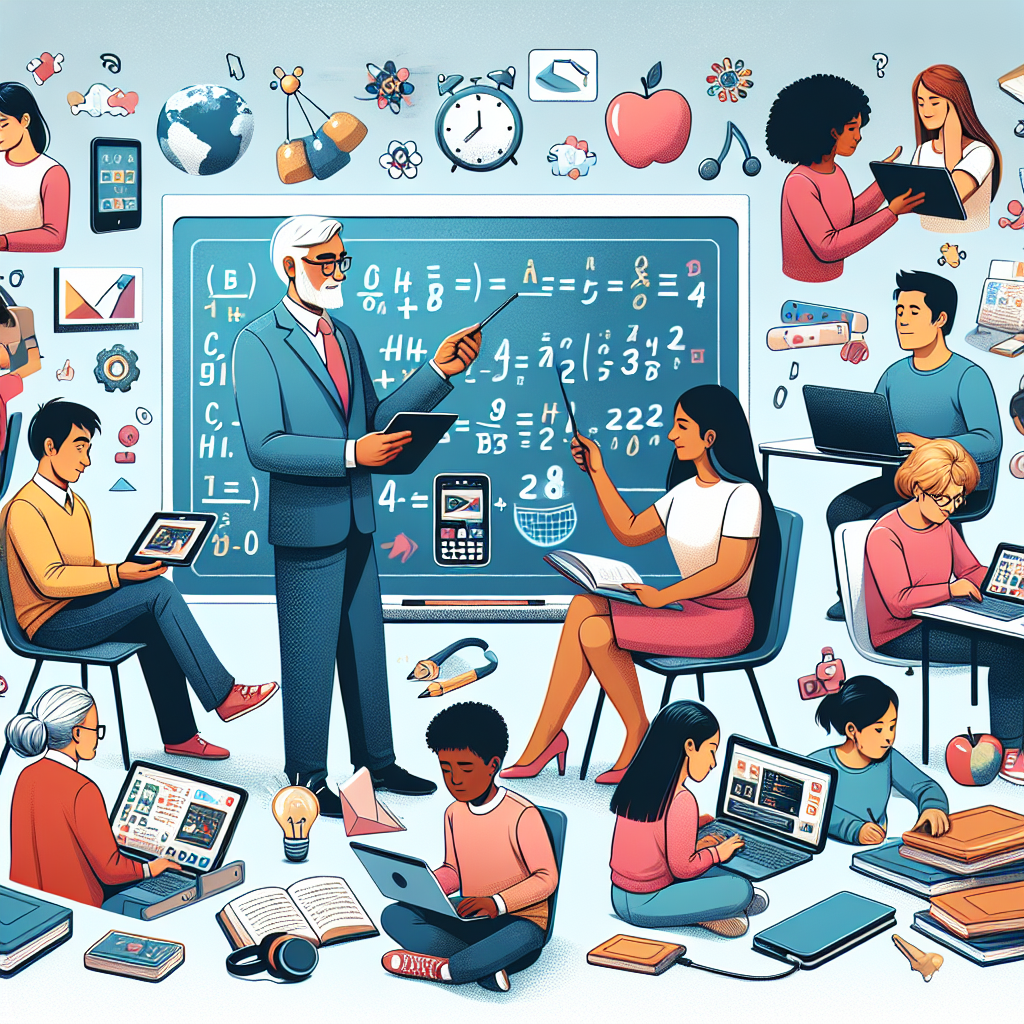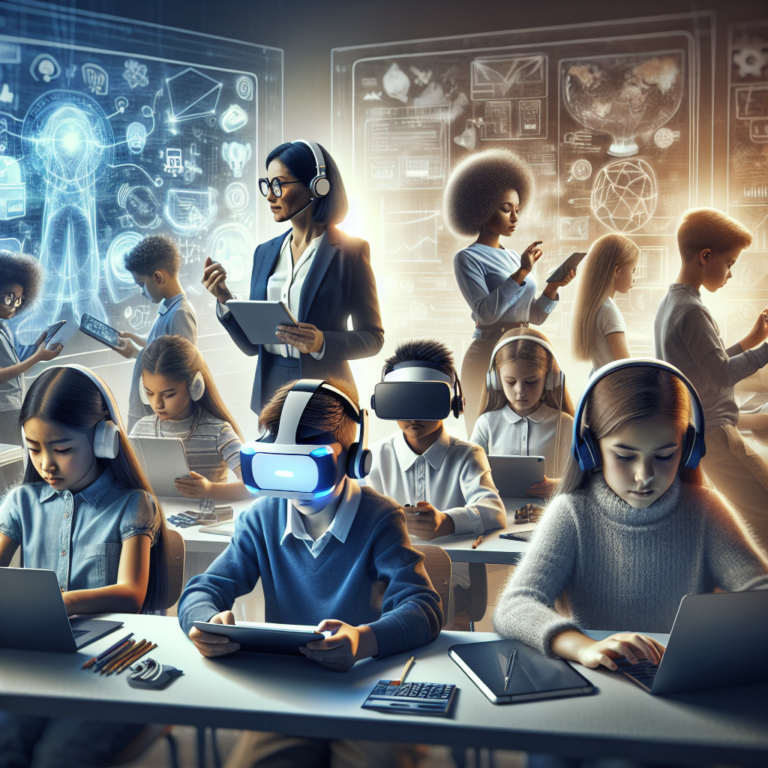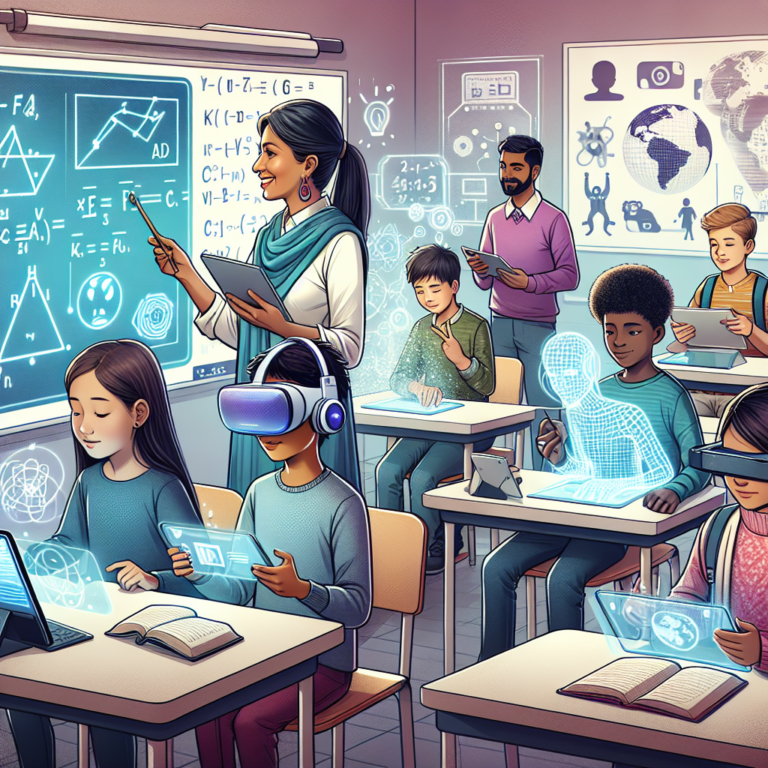How Technology Enhances Learning in Schools
The integration of technology in education has been a prominent trend over the last several years. From primary schools to universities, the traditional chalkboard is increasingly being replaced by interactive whiteboards, and textbooks are being supplemented with tablets and e-books. But what are the concrete benefits of technology in education, and how is it changing the way teachers teach and students learn?
In this article, we will explore the transformative power of educational technology and why it is a boon to learning environments across the globe.
The Emergence of Educational Technology
Educational technology, also known as EdTech, refers to the use of digital tools and software designed to enhance the learning experience of students. It encompasses a wide range of products and services, from simple tools like word processors to sophisticated learning management systems (LMS) and virtual reality (VR) experiences.
The goal of educational technology is to improve student outcomes, make learning more engaging, and prepare students for a world where digital literacy is paramount. Let’s delve deeper into the specific benefits technology brings to the educational landscape.
Key Benefits of Technology in Education
Personalized Learning Experiences
One of the most significant advantages of technology in education is the ability to create personalized learning experiences. With adaptive learning software, students can learn at their own pace, getting more practice on topics they find challenging and moving faster through the material they grasp quickly.
Enhanced Engagement and Collaboration
Interactive tools like game-based learning platforms and digital collaborative workspaces can increase student engagement and promote teamwork. When learning is interactive and fun, students are more likely to participate actively in their education.
Access to a Wealth of Information
The internet provides access to an almost infinite amount of resources. Students can explore subjects in greater depth and access up-to-date information that might not be available in traditional textbooks.
Preparing for the Future
Technology is deeply embedded in almost every aspect of our lives. By integrating technology into the classroom, schools are helping students develop the skills they’ll need to navigate the digital world confidently.
Real-World Applications of Educational Technology
Interactive Whiteboards and Smart Classrooms
Interactive whiteboards are a prime example of technology transforming the traditional classroom. These tools allow teachers to display multimedia content, write and draw in digital ink, and interact with students in dynamic ways.
Tablets and E-Books
Schools are increasingly adopting tablets as learning tools. E-books can offer interactive features such as embedded videos and practice quizzes, providing a richer learning experience than static print materials.
Learning Management Systems (LMS)
LMS platforms like Moodle or Blackboard serve as virtual classrooms where teachers can post assignments, conduct discussions, and provide feedback. These systems help keep students organized and engaged, even outside of the classroom.
Technology and Teacher Development
Continuous Professional Development
Technology also plays a critical role in the professional development of teachers. With access to online courses and webinars, teachers can continuously improve their skills and stay up-to-date with the latest pedagogical strategies.
Efficient Classroom Management
Digital tools can assist teachers with grading, attendance, and classroom management, saving time and allowing them to focus more on teaching and less on administrative tasks.
Expanding Teaching Methods
Technology provides teachers with new ways to present information and assess student understanding, from multimedia presentations to online quizzes with instant feedback.
Overcoming Challenges in Technology Integration
Despite the clear benefits of technology in education, there are challenges that schools must navigate to implement it effectively.
Ensuring Equitable Access
Not all students have the same access to technology at home. Schools must work to provide equitable access to ensure that all students can benefit from educational technology.
Balancing Screen Time
While technology can be a powerful tool for learning, it’s also essential to balance screen time with traditional learning methods and physical activity.
Training and Support for Teachers
Teachers need adequate training and ongoing support to integrate technology into their teaching effectively. Without this, even the most sophisticated tools can go underutilized.
The Future of Education and Technology
As we look to the future, emerging technologies like artificial intelligence (AI), virtual and augmented reality (VR/AR), and the Internet of Things (IoT) promise to push the boundaries of what’s possible in education even further.
Artificial Intelligence in Personalized Learning
AI can help create truly personalized learning paths by analyzing student performance and adapting curriculum in real-time to meet individual needs.
Virtual and Augmented Reality for Immersive Learning
VR and AR can transport students to different times and places, offering immersive experiences that are impossible in a traditional classroom setting.
Internet of Things for Interactive Environments
IoT devices can make classrooms smarter and more interactive, with sensors and smart devices that adapt to the needs of students and teachers.
Conclusion: Embracing the Digital Transformation in Education
The integration of technology into education has already had a profound impact on the way teachers teach and students learn. As technology continues to evolve, it promises to offer even more innovative ways to engage students and prepare them for the future.
By embracing the benefits of technology in education, schools can provide students with a more personalized, engaging, and effective learning experience. While challenges remain, the potential for technology to transform education is undeniable, and the journey is just beginning.
In conclusion, educational technology is not just a trend; it’s a powerful tool that enhances learning, fosters creativity, and equips students with the skills they need to thrive in a rapidly changing world. As educators and policymakers, it’s our responsibility to harness the potential of technology and guide our students toward a bright and innovative future.










